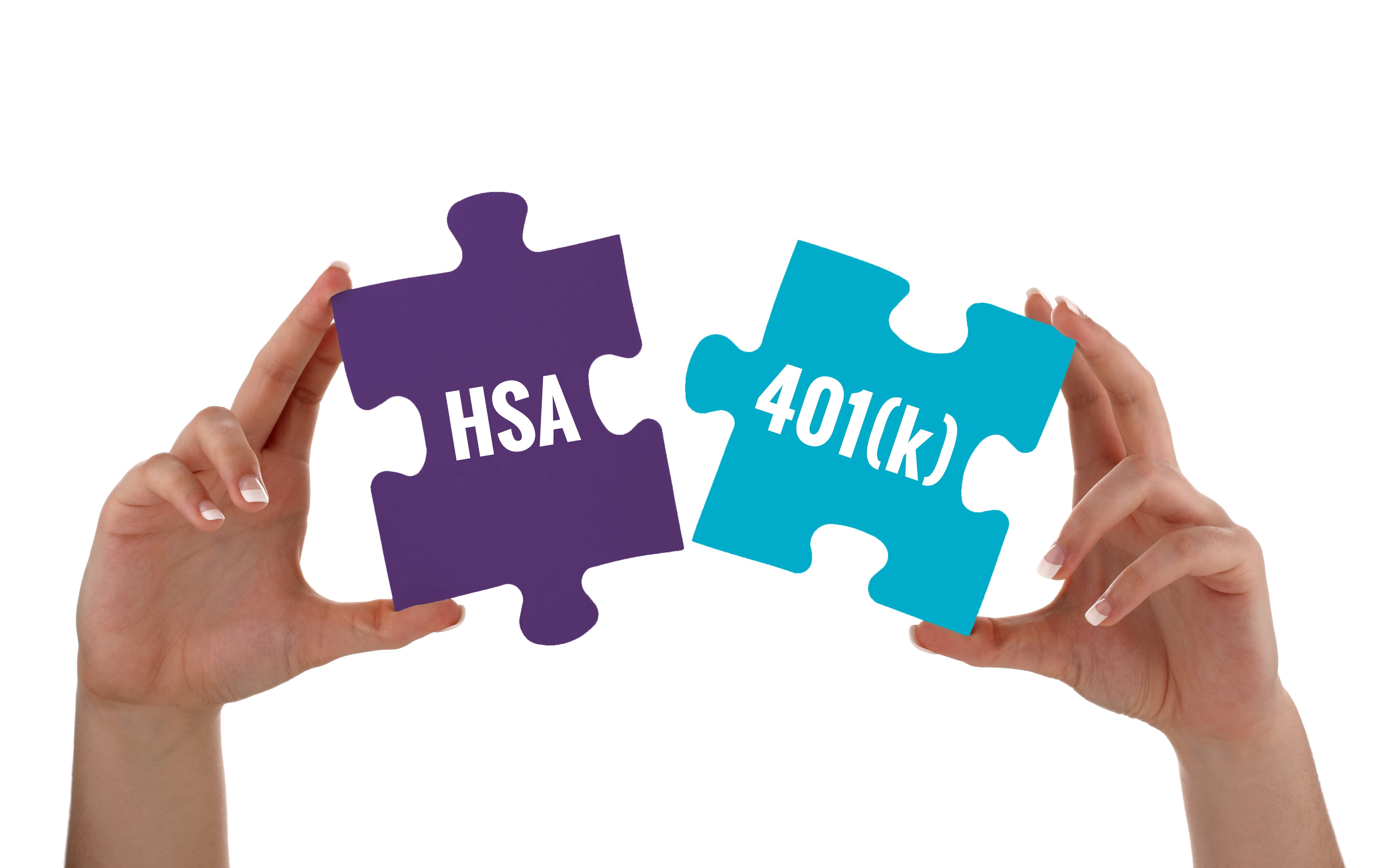If your employees are like most other workers in the U.S., it is highly likely that they are not saving enough for retirement. In fact, studies show that among all generational groups, many people will need to work much longer than expected to make up for those shortfalls. Then there is the increasing cost of healthcare that can threaten your employees' savings and keep them from reaching their financial goals.
How can employers help employees achieve their savings goals, both now and as they prepare for retirement? One answer may be to do more to provide the kinds of benefits - including HSAs and 401(k)s - that can help them save for healthcare and retirement. Here are three tips you can use as you approach your employees about saving for healthcare and retirement.
1. Illustrate the problem
Your awareness of the issues that employees face is a great first step. Employees need to understand the kinds of health and retirement challenges they may be facing. By helping employees understand the road ahead, and the options for preparing for it.
Having an open dialogue with your employees about rising retirement and healthcare costs, and your plan to address these increased costs using their 401(k) and HSA, can demonstrate your organization's commitment to employee well-being.
2. Talk about the solution
When employees are more conscious of their need for a retirement plan, they will be interested in what you, their employer, might be doing to help them prepare. Education can include providing employees access to things like online retirement planning tools, on-site financial advisors, budgeting and investing webinars, and workshops. You can also use HealthEquity's wide range of educational resources to teach your employees about such topics as how HSAs can help them save for retirement and how to use an HSA to maximize health savings.
3. Provide incentives
By demonstrating the problem and talking about solutions, you help your employees learn about how to save for retirement and healthcare savings. So, how do you get your employees to actually take advantage of what you have offered? Incentives can be a great way to do this.
For example, providing incentives to encourage employees into healthy behavior can be a great way to help contribute to their HSAs. Motivating employees with additional 401(k) contributions or to meet with a financial advisor ensures that they are getting on track for their retirement. According to Employee Benefit Research Institute, the average 401(k) contribution rate was 10% of salary for employees in plans offering an employer contribution, compared with 7.4% for those in plans without employer contributions. So, employer matching does have an impact on employee savings rates.
Conclusion
Your employees are an important asset to your business, and one way to show them that you care about their wellbeing is to provide the kinds of benefits that can help them with their health and retirement savings. Helping your employees understand their retirement and health savings challenges and the available solutions, as well as providing them with incentives, can help them with healthcare and retirement planning, now and in the future.
HealthEquity does not provide legal, tax, financial or medical advice. Always consult a professional when making life changing decisions.


